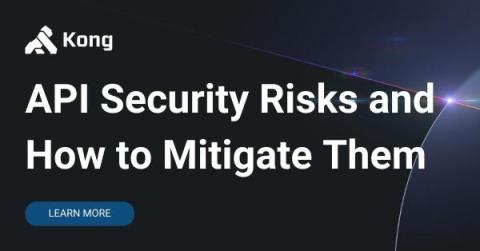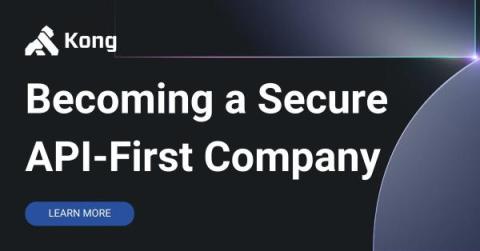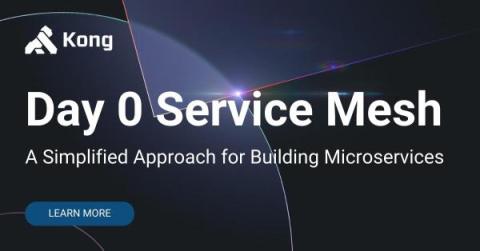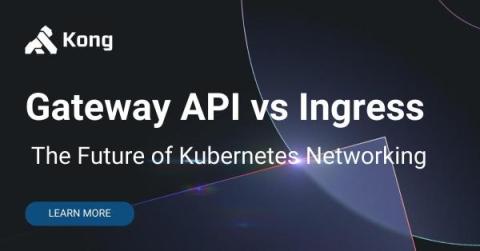Kong Konnect Data Plane Pod Autoscaling with HPA on Amazon EKS 1.29
In my previous post, we discussed how to take advantage of VPA to implement automatic vertical scaling for our Konnect Data Planes. In this post, we'll focus on HPA for horizontal Kubernetes Pods autoscaling.











